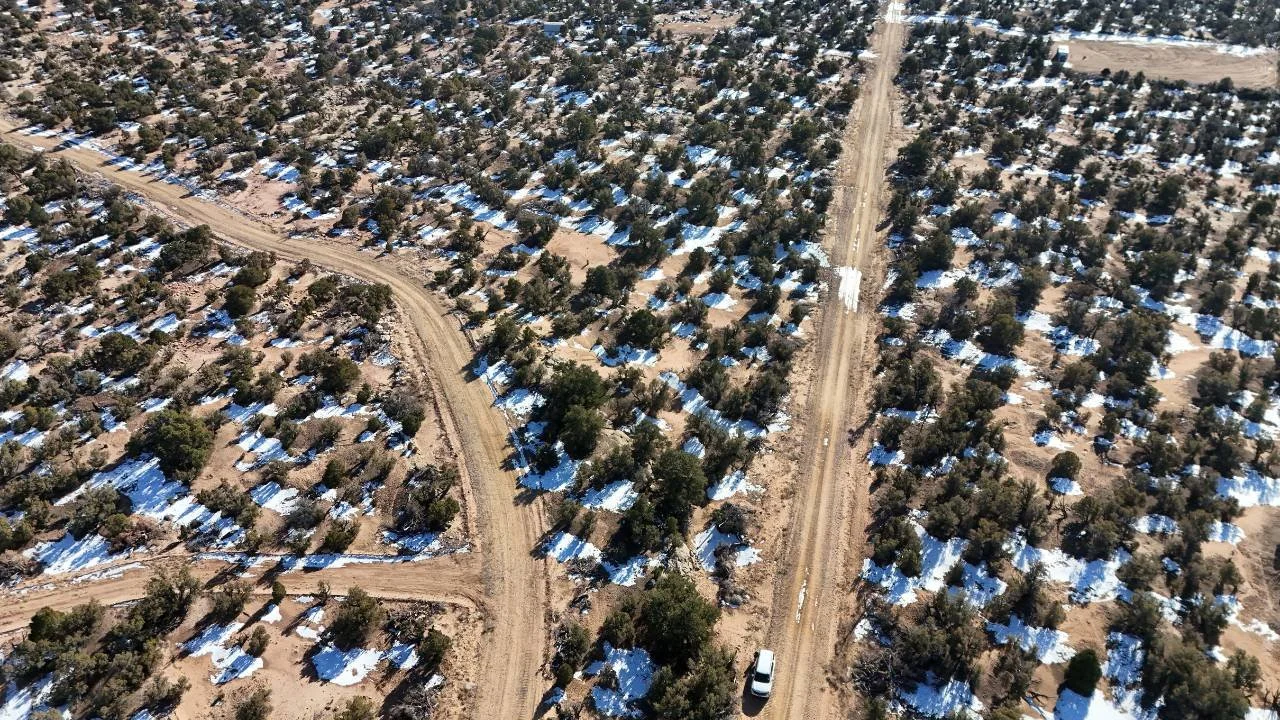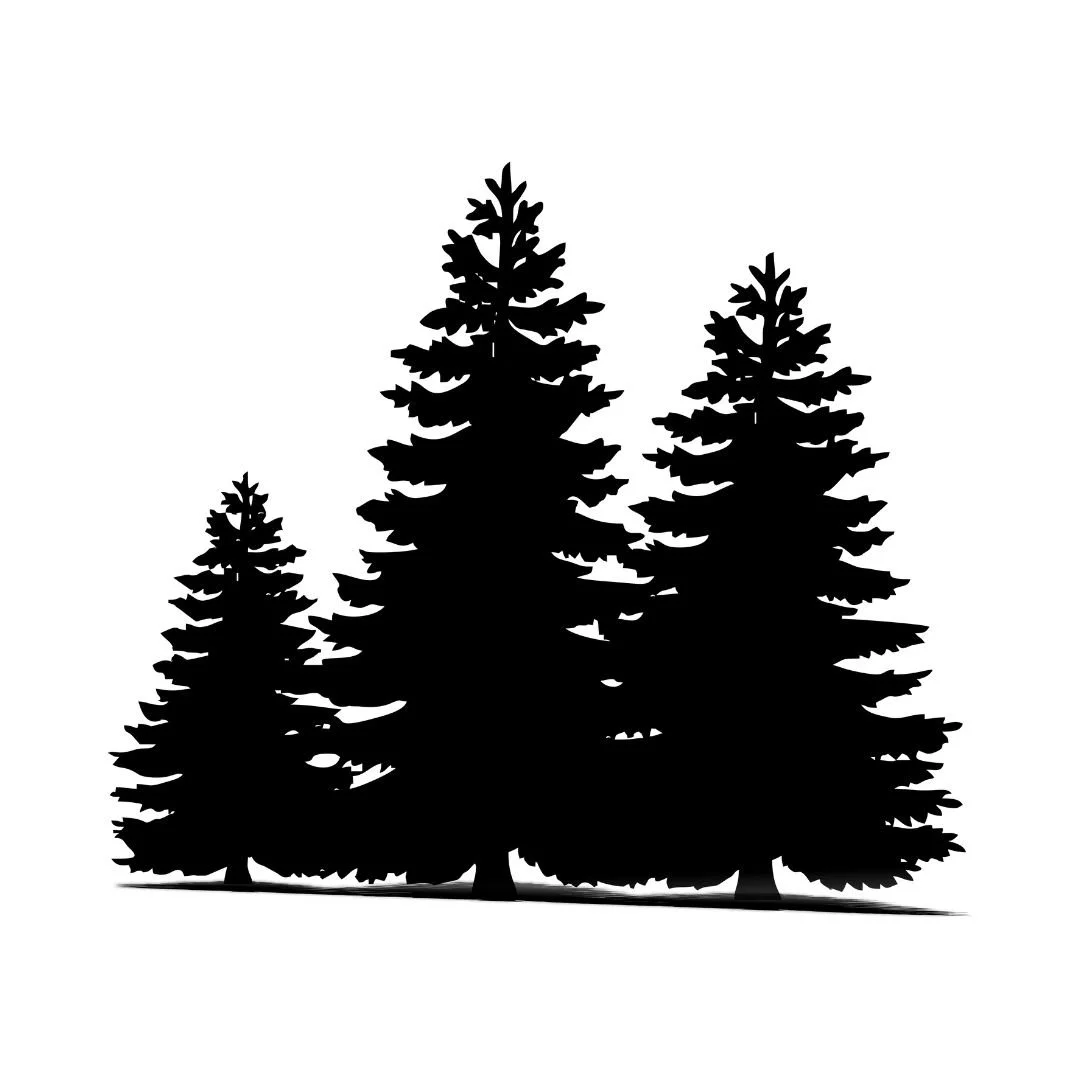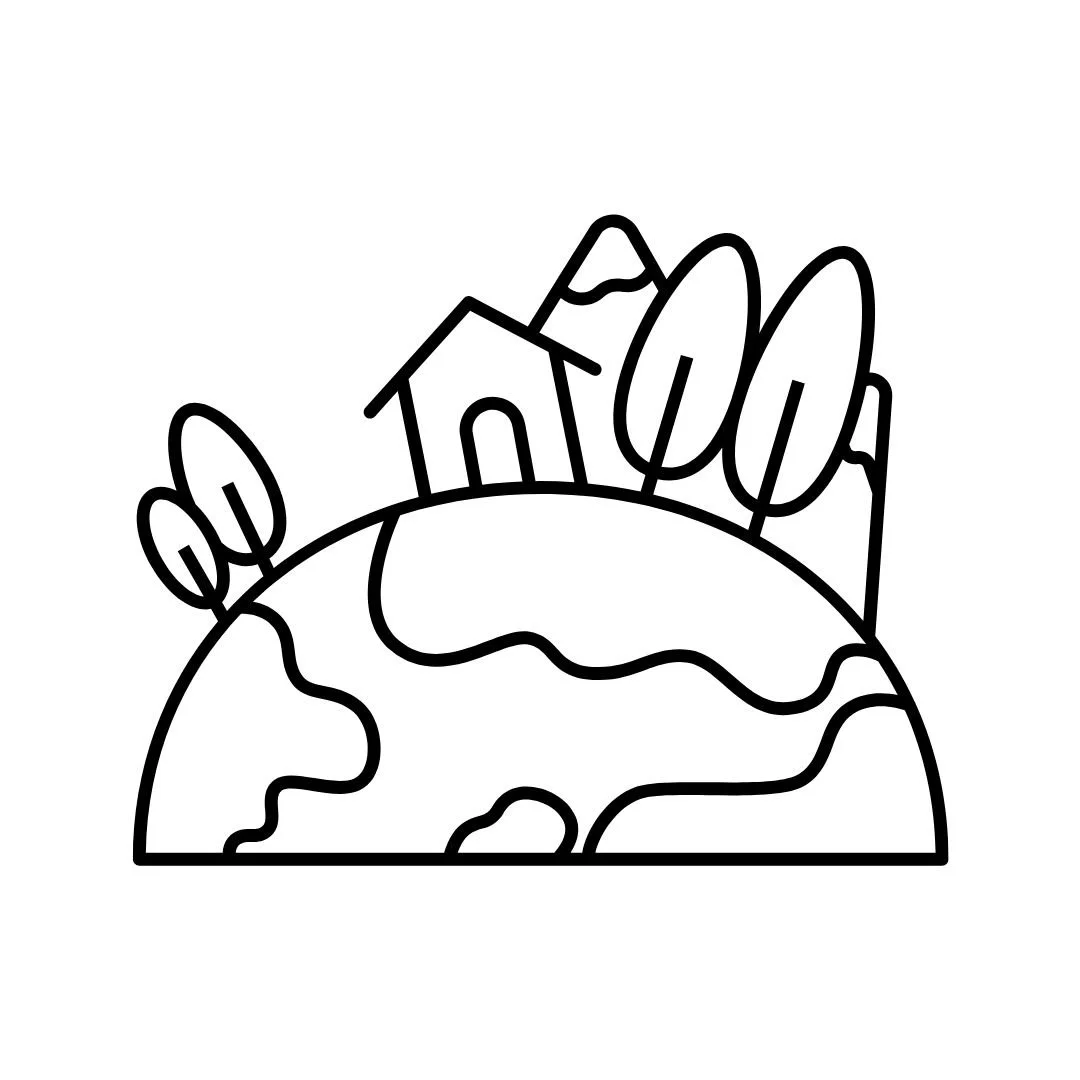
Utah Wildlife Corridors & Conservation Living
Live Where Wildlife Thrives
Utah is home to rich migration paths for deer, elk, moose, and pollinators. Buying land along these wildlife corridors lets you experience the outdoors while actively supporting conservation. Whether you plan to build a private cabin, set up a seasonal camp, or manage habitat-friendly acreage, your property can help preserve Utah’s ecological balance.
Key Benefits of Conservation Living
-

Protect Natural Habitats
Maintain open space and native vegetation to help migrating animals and pollinators.
-

Potential Tax Incentives
Explore state and federal programs that reward landowners who conserve wildlife habitat.
-

Long-Term Value
Conservation easements can maintain property value and protect it from overdevelopment.

How to Build a Conservation-Minded Property
-
1. Choose the Right Location
Focus on areas identified as migration corridors—like Duchesne County, the Uintah Basin, or lands bordering the Ashley National Forest—where deer and elk pass seasonally.
-
2. Design with Nature in Mind
Limit fencing or use wildlife-friendly designs. Position buildings and access roads to avoid key paths. Preserve natural water sources and plant native grasses and shrubs.
-
3. Manage Water Responsibly
Rainwater collection, drip irrigation, and careful well placement protect local ecosystems and keep water available for wildlife.
-
4. Explore Conservation Agreements
Conservation easements and state wildlife partnership programs can provide financial incentives and permanent habitat protection.
Everyday Ways to Support Utah Wildlife
-

Create Pollinator Zones
Plant native flowers and limit pesticides to give bees and butterflies safe feeding grounds.
-

Maintain Open Space
Keep meadows and riparian areas intact for deer, elk, and small mammals.
-

Use Low-Impact Lighting
Install motion-sensor or low-watt lights to avoid disorienting nocturnal wildlife.
-

Educate and Engage
Share your conservation journey with neighbors or local wildlife groups to encourage broader habitat protection.
FAQs: Utah Wildlife Corridors & Conservation Living
-
No. Simple practices like native planting, minimal fencing, and mindful water use already make a difference.
-
Yes, as long as development respects wildlife corridors and complies with local zoning.
-
Many Utah and federal programs provide tax deductions or grants for conservation easements or habitat restoration.
-
The Uintah Basin, Duchesne County, and foothills near national forests have strong wildlife migration activity and available rural acreage.

